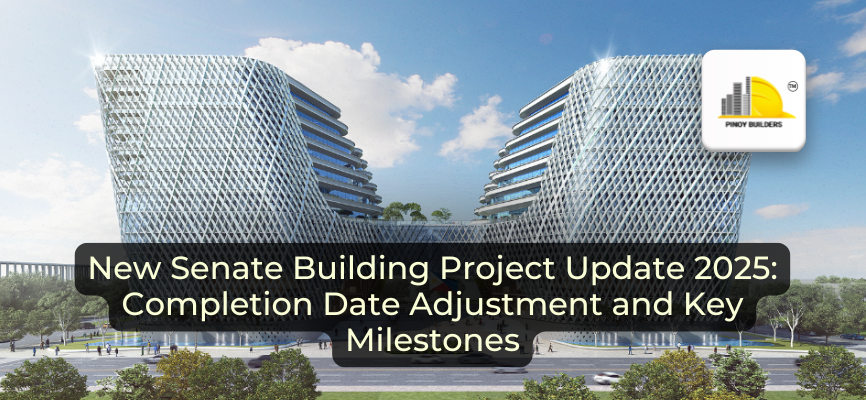The quality of aggregate plays an important role in the performance and long-term economy of all concrete structures. As 60%-75% of concrete’s volume is composed of aggregates, it is vital that its properties are assessed before they are utilized for any construction project.
This article will identify the different tests that are conducted on aggregates based on the requirements of ASTM C-33 Standard Specifications for Concrete Aggregates. It will also explore the significance of each test, as well as the corresponding ASTM test method, and the impact the test results have based on the quality of concrete.
1. Grading or Sieve Analysis (ASTM C-136)
This test determines the particle size distribution of fine and coarse aggregates by sieving.
It provides necessary data for the control of the production of various aggregates products and for developing relationships concerning porosity and packing of aggregates and mixtures containing aggregates.
Well-graded aggregates prevent the segregation and bleeding of fresh concrete. It also reduces its void content, resulting in a stronger, more durable, and more economical concrete mix.
Poorly-graded aggregates can result in bleeding, leading to the creation of weak and unworkable concrete mixes.
Standard Specifications: ASTM C-33 Grading.
Grading chart of well-graded 3/4 aggregates. Data courtesy of Lafarge Holcim.
2. Materials Finer than 75 μm (No. 200) Sieve (ASTM C-117)
Determination of the quantity of materials finer than 75 μm (No. 200) sieve which may be composed of clay particles or clay coatings.
Excessive amounts of this material will result in poor bonding between aggregates and cement paste, which will lead to low compressive/flexural strength of concrete.
Wet washing sieve. Fine materials pass through this during testing.
Standard Specifications:
Fine aggregates = 3% max. for structural and pavement concrete; 5%max. for all other concrete.
With manufactured sand, the above may be increased to 5% & 7% resp., if fine material is composed of dust.
Coarse aggregates = 1.0 % max ; but 1.5% max is allowed if the material is free of clay or shale or if fine aggregates contain less than the specified max. amount above.
3. Clay Lumps and Friable Particles (ASTM C-142)
Determines the quantity of soft and easily breakable materials present in the aggregates.
Presence of excessive amounts of clay and friable particles contributes to an unworkable, weak, and unstable concrete.
Standard Specifications:
Fine aggregates = 3.0% max.
Coarse aggregates = 5.0% max. for structural & pavement concrete; 10.0% max for other classes of concrete.
4. Abrasion Loss (ASTM C-131, C-535)
Measures the extent of degradation of coarse aggregates using the Los Angeles Abrasion Machine.
Indicates the relative quality or competence of aggregates when subjected to a combination of actions including abrasion or attrition, impact, and grinding.
Low abrasion loss manifests a structurally sound, tough and durable aggregates.
Standard Specs: 50% max.
Los Angeles Abrasion Machine
5. Soundness Loss (ASTM C-88)
Estimates the soundness of aggregates when subjected to weathering action (from frost, rain, sunlight, pollution) in concrete or other applications.
Test data helps in the evaluation of aggregates quality from new sources when service record on actual exposure to weathering conditions is not available.
Low Soundness Loss indicates toughness and durability of aggregates.
Standard Specifications:
% Loss, max. | Coarse | Fine |
Na2SO4 | 12% | 10% |
MgSO4 | 18% | 15% |
6. Organic Impurities (ASTM C-40)
Determination of the presence of injurious organic materials in fine aggregates used in cement mortar or concrete.
Organic impurities affect the hydration of cement which results in low strength or slow strength development of concrete.
Standard Specs:
Color of supernatant liquid.
Lighter than standard solution/Organic Plate No. 3.
7. Specific Gravity and Absorption (ASTM C-127; ASTM C-128)
Specific Gravity (SG) value is used in the calculation of the volume occupied by the aggregates in concrete mixtures.
Absorption values are used to calculate the change in the volume of aggregates due to water absorbed in the pore spaces.
Aggregates with low SG often exhibits poor performance in the concrete mix.
High absorption means more water in the aggregates; more cement is needed to meet concrete strength specifications.
Specific gravity and absorption set
8. Bulk Density (Unit Weight) and Voids in Aggregates (ASTM C-29)
Covers determination of bulk density and voids between particles of aggregates in a compacted or loose condition.
Bulk density values are necessary for the proportioning of concrete mixtures.
Bulk density and % Voids between aggregates particles are used in determining mass/volume relationships.
9. Potential Alkali Reactivity
a. ASTM C-289: Test Method for Potential Alkali-Silica Reactivity of Aggregates (Chemical Method)
Evaluates the potential reactivity of siliceous aggregates with the alkalis in Portland cement concrete
Standard Specs: Aggregates is potentially reactive if:
Rc >70 and Sc >Rc;
Rc < 70 and Sc > 35+Rc/2
(Sc – concentration of SiO2; Rc – reduction in alkalinity)
b. ASTM C-1260: Test Method for Potential Alkali Reactivity of Aggregates (Mortar-Bar Method)
A means for detecting the potential of aggregates intended for use in concrete for undergoing alkali-silica reaction.
Specs:
- Aggregates is innocuous if expansion < 0.10% at 16 days;
- Potentially reactive if expansion > 0.20% at 16 days
Non-reactive or innocuous aggregates contribute to a tough, stable, and durable concrete.
(a) ASR on bridge beams (b) ASR on concrete structure
![]()








